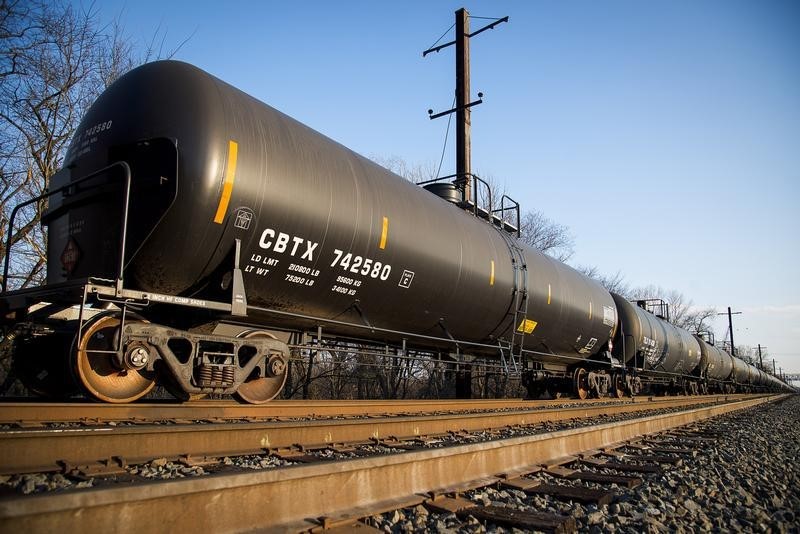
© Reuters.
LCO
+0.41%
Add to/Remove from Watchlist
Add to Watchlist
Add Position
Position added successfully to:
Please name your holdings portfolio
Type:
BUY
SELL
Date:
Amount:
Price
Point Value:
Leverage:
1:1
1:10
1:25
1:50
1:100
1:200
1:400
1:500
1:1000
Commission:
Create New Watchlist
Create
Create a new holdings portfolio
Add
Create
+ Add another position
Close
CL
+0.50%
Add to/Remove from Watchlist
Add to Watchlist
Add Position
Position added successfully to:
Please name your holdings portfolio
Type:
BUY
SELL
Date:
Amount:
Price
Point Value:
Leverage:
1:1
1:10
1:25
1:50
1:100
1:200
1:400
1:500
1:1000
Commission:
Create New Watchlist
Create
Create a new holdings portfolio
Add
Create
+ Add another position
Close
DXY
-0.81%
Add to/Remove from Watchlist
Add to Watchlist
Add Position
Position added successfully to:
Please name your holdings portfolio
Type:
BUY
SELL
Date:
Amount:
Price
Point Value:
Leverage:
1:1
1:10
1:25
1:50
1:100
1:200
1:400
1:500
1:1000
Commission:
Create New Watchlist
Create
Create a new holdings portfolio
Add
Create
+ Add another position
Close
By Peter Nurse
Investing.com — Oil prices rose Tuesday, helped by a weaker U.S. dollar and plans of the Biden administration to refill its petroleum reserve, although gains are limited by uncertainty over China’s COVID outbreak.
By 09:30 ET (14:30 GMT), U.S. crude futures traded 0.6% higher at $75.80 a barrel, while the Brent contract rose 0.3% to $80.07 a barrel.
The U.S. government announced late last week that it is planning to refill its strategic reserves, initially buying 3 million barrels of oil, having run the Strategic Petroleum Reserve down to its lowest level in nearly 40 years.
“The U.S. is signaling a change in course that should put a floor under the oil market. Instead of being a seller from the Strategic Petroleum Reserve, the U.S. is now a buyer, and that is a wake-call to the market that has been intoxicated with SPR barrels,” said Phil Flynn, senior energy analyst at PRICE Futures Group.
Adding to the positivity is the current weakness of the U.S. dollar, weighed by a move by the Bank of Japan earlier in the day to take a tentative step toward tightening monetary policy for the first time in years.
The yen rose 3.3% against the dollar, which resulted in the dollar index falling 0.7% to 103.69, testing a six-month low.
A weaker U.S. currency makes commodities which are denominated in dollars, including oil, cheaper for foreign buyers.
That said, the market’s main focus has been on the surge in COVID cases in China after the world’s second largest economy, and largest crude importer, relaxed pandemic restrictions.
The World Bank cut its China growth outlook on Tuesday for this year and next, citing among other things the impact of the abrupt loosening of strict COVID-19 containment measures.
The Washington-based lender said it expected China’s economy to grow 2.7% in 2022, before recovering to 4.3% in 2023, down from 2.8% and 4.5% respectively at its last report.
On the supply side, data collected by Bloomberg suggests that Russia’s seaborne crude shipments collapsed in the first full week of the Group of Seven’s price cap, a move that could severely impact global supply going forward.
Later in the session, the American Petroleum Institute releases its estimate of U.S. crude oil stocks, and this is expected to show a small drop after the prior week’s hefty build.
Source: Investing.com



























